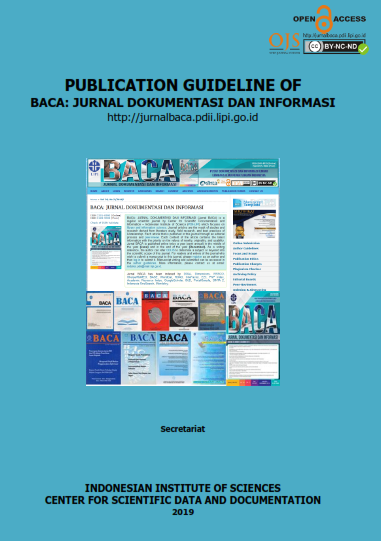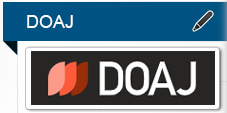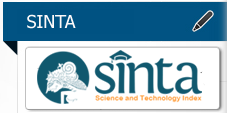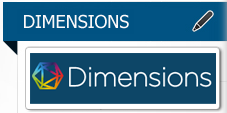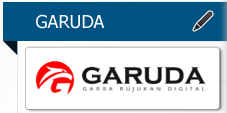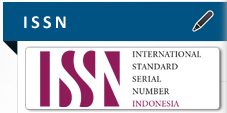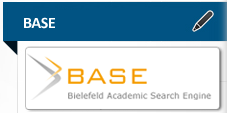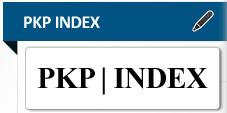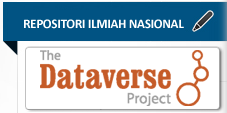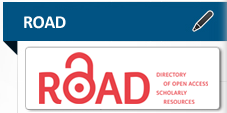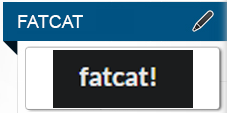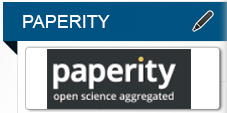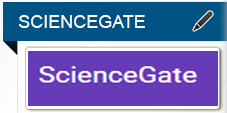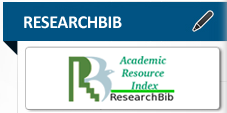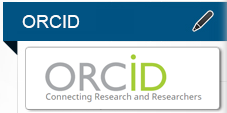ANALISIS JARINGAN SOSIAL PADA ARTIKEL TERKAIT USAHA KECIL DAN MENENGAH DI INDONESIA
Abstract
The amount of contribution of SMEs to be balanced by a reception with great competitiveness. Innovation is a way of improving competitiveness. Contributions researchers and academics can be seen from innovations made through scientific publications. The government should provide incentives to researchers who focus on the development of Indonesian SMEs to improve the nation's competitiveness. Due to budget constraints, the government needs to streamline and streamline the budget incentives for research related to SMEs Indonesia. In addition to seeing the productivity aspects of scientific publications, is necessary to study the centrality of a writer/agency relationships in social network analysis co-authorship. In terms of productivity Institut Teknologi Bandung (ITB) become the most productive agencies to publish articles related to SMEs Indonesia. Judging from the social networking aspect, the University of Indonesia became the central figure in scientific publications related to SMEs Indonesia. Thus, social network analysis co-authorship relations can be used as another aspect in determining the actor/isntansi influential scientific publications related to SMEs in Indonesia.
Keywords
Full Text:
PDFReferences
Aharoni, Y. 1994. How Small Firms Can Achieve Competitive Advantages in an Interdependent World. New York: Oxford University Press.
Carrington, P. J., Scott, J., & Wasserman, S. 2005. Models and Methods in Social Network Analysis. (P. J. Carrington, J. Scott, & S. Wasserman, Eds.). New York: Cambridge University Press.
Freeman, L. C. 1979. Centrality in Social Networks Conceptual Clarification, 1(1968), 215–239.
Glänzel, W., & Schubert, A. 2005. Analyzing Scientific Networks Through co-Authorship. Handbook of Quantitative Science and Technology Research, (1963), 257–276. https://doi.org/10.1007/1-4020-2755-9.
Koperasi dan UKM, K. 2015. Renstra Kementerian Koperasi dan UKM 2015-2019. (www.depkop.go.id).
Liu, X., Bollen, J., Nelson, M. L., & Van De Sompel, H. 2005. Co-authorship Networks in the Digital Library Research Community. Information Processing and Management, 41(6), 1462–1480. https://doi.org/10.1016/j.ipm.2005.03.012.
Nadhiroh, I. M., Aidi, M. N., & Sartono, B. 2015. Publikasi Internasional Indonesia Bidang Kimia Scientometrics Studies: Social Network Analysis of Indonesian International Publication on Chemistry. Warta KIML, 13, 75–90.
Prell, C. 2012. Social Network Analysis: History, Theory, and Methodology. Siangapore: SAGE.
Salamati, P., & Soheili, F. 2016. Social Network Analysis of Iranian Researchers in the Field of Violence. Chinese Journal of Traumatology, 19 (5), 4–10. https://doi.org/10.1016/j.cjtee.2016.06.008.
Schwab, K., Sala-i-Martin, X., & Brende, B. 2015. The Global Competitiveness Report 2015-2016. World Economic Forum (Vol. 5). https://doi.org/92-95044-35-5.
Sulistiawati, A., Lubis, D. P., & Mulyani, S. 2014. Analisis Jaringan Sosial dalam Gabungan, 2(2), 76–82.
Wasserman, S., & Faust, K. 1994. Social Network Analysis: Methods and Analysis (Vol. I). New York: Press Syndicate of the University of Cambridge.
Zupic, I., & Čater, T. 2014. Bibliometric Methods in Management and Organization. Organizational Research Methods, 18(3), 1–44. https://doi.org/10.1177/1094428114562629.
DOI: https://doi.org/10.14203/j.baca.v38i1.285
Copyright (c) 2017 BACA: JURNAL DOKUMENTASI DAN INFORMASI

This work is licensed under a Creative Commons Attribution-NonCommercial-NoDerivatives 4.0 International License.












